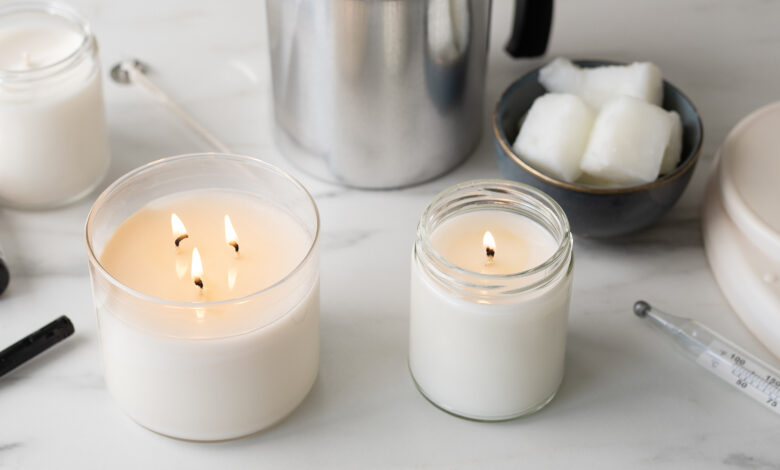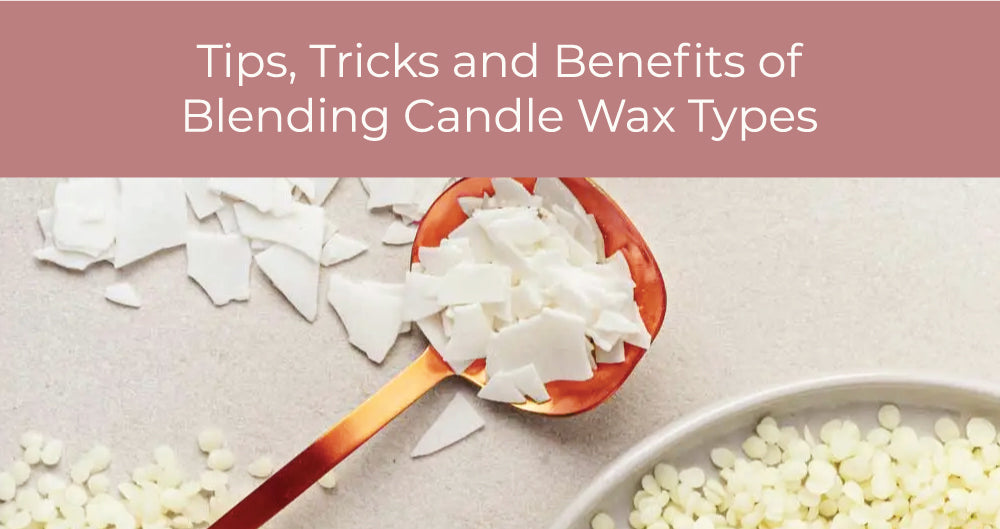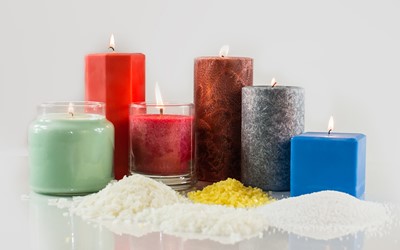The Fascinating World of Candle Wax: Types, Uses, and Benefits

Candle wax is one of the most essential components in candle-making, playing a crucial role in how a candle burns, smells, and looks. Whether you’re a candle enthusiast, a DIY hobbyist, or someone who simply enjoys the warm glow of a candle, understanding the different types of wax and their properties can enhance your appreciation for this timeless product.
Wax has been used for centuries, evolving from animal-based tallow to modern plant and petroleum-based alternatives. Today, candle wax comes in various forms, each with unique characteristics that affect burn time, scent throw, and environmental impact. From paraffin to soy, beeswax to coconut, the choices are vast, catering to different preferences and needs.
Types of Candle Wax
Paraffin Wax
Paraffin wax is one of the most commonly used candle waxes due to its affordability and versatility. Derived from petroleum, it has a high melting point, making it ideal for pillar candles and votives. Paraffin wax holds fragrance and color well, providing a strong scent throw when burned.
However, paraffin wax has faced criticism for being a byproduct of crude oil, raising environmental and health concerns. Some studies suggest that burning paraffin releases small amounts of toxins, though the levels are generally considered safe for occasional use. Despite this, its low cost and excellent performance keep it a popular choice among candle manufacturers.
Soy Wax
Soy wax is a natural alternative to paraffin, made from hydrogenated soybean oil. It is biodegradable, renewable, and burns cleaner, making it a favorite among eco-conscious consumers. Soy candles typically have a longer burn time and produce less soot compared to paraffin.
One downside of soy wax is its softer consistency, which makes it less suitable for certain candle types like pillars. It also requires a higher fragrance load to achieve a strong scent throw. Nevertheless, its sustainability and clean-burning properties have made soy wax a leading choice in the candle industry.
Beeswax
Beeswax is one of the oldest known candle waxes, prized for its natural golden hue and subtle honey-like fragrance. Produced by honeybees, this wax is completely natural and emits negative ions when burned, which may help purify the air.
Beeswax candles burn slowly and brightly, making them long-lasting. However, they are more expensive than other waxes due to the labor-intensive harvesting process. Despite the cost, many people prefer beeswax for its natural benefits and luxurious appeal.
Coconut Wax
Coconut wax is a premium, eco-friendly option made from cold-pressed coconut oil. It is known for its excellent scent throw and smooth, creamy texture. Coconut wax blends well with other waxes, enhancing their performance.
Although coconut wax is more expensive, its clean burn and sustainability make it a top choice for high-end candles. It also has a lower melting point, which helps distribute fragrance evenly.
Palm Wax
Palm wax is derived from palm oil and is known for its unique crystalline appearance, often used in decorative candles. It is a hard wax with a high melting point, making it great for container and pillar candles.
However, the environmental impact of palm oil production has led to concerns about deforestation. Sustainable and responsibly sourced palm wax is available, but consumers should look for certifications like RSPO (Roundtable on Sustainable Palm Oil).
Benefits of Different Candle Waxes

Burn Time and Efficiency
The type of wax significantly affects how long a candle burns. Beeswax and coconut wax tend to have longer burn times, while paraffin burns faster but offers a stronger scent. Soy wax provides a middle ground with a decent burn time and moderate fragrance retention.
Scent Throw and Fragrance Retention
Paraffin wax is known for its excellent scent throw, making it ideal for strongly scented candles. Soy wax requires more fragrance oil but offers a cleaner burn. Beeswax has a natural aroma, while coconut wax enhances fragrance diffusion.
Environmental Impact
Eco-conscious consumers prefer soy, beeswax, and coconut wax due to their renewable sources and biodegradability. Candle Wax Paraffin, being petroleum-based, has a larger carbon footprint. Sustainable palm wax is an option, but sourcing must be ethical.
How to Choose the Right Candle Wax

Consider the Purpose
If you want a strongly scented candle, paraffin or coconut wax may be best. For a natural, clean-burning option, soy or beeswax is ideal. Decorative candles often use palm wax for its aesthetic appeal.
Budget and Availability
Paraffin is the most affordable, while beeswax and coconut wax are pricier. Soy wax is widely available and moderately priced, making it a popular choice for homemade candles.
DIY Candle Making Tips
For beginners, soy wax is easy to work with due to its low melting point. Adding a small amount of beeswax can harden the blend. Always use high-quality fragrance oils and wicks suited for your wax type.
FAQs About Candle Wax
1. Which candle wax is the cleanest to burn?
Beeswax and soy wax are considered the cleanest, producing minimal soot and toxins.
2. Does paraffin wax release harmful chemicals?
While paraffin can release small amounts of toxins, the levels are generally low and considered safe in well-ventilated areas.
3. Why is beeswax more expensive?
Beeswax is labor-intensive to harvest, and its natural production process makes it a premium product.
4. Can I mix different waxes?
Yes, blending waxes (like soy and beeswax) can improve burn quality and scent throw.
5. What wax is best for strong-smelling candles?
Paraffin and coconut wax hold fragrance best, providing a powerful scent throw.
Conclusion
Candle wax comes in various forms, each with unique benefits. Whether you prioritize scent, burn time, or sustainability, there’s a wax type to suit your needs. Understanding these differences helps you choose the perfect candle for any occasion.





